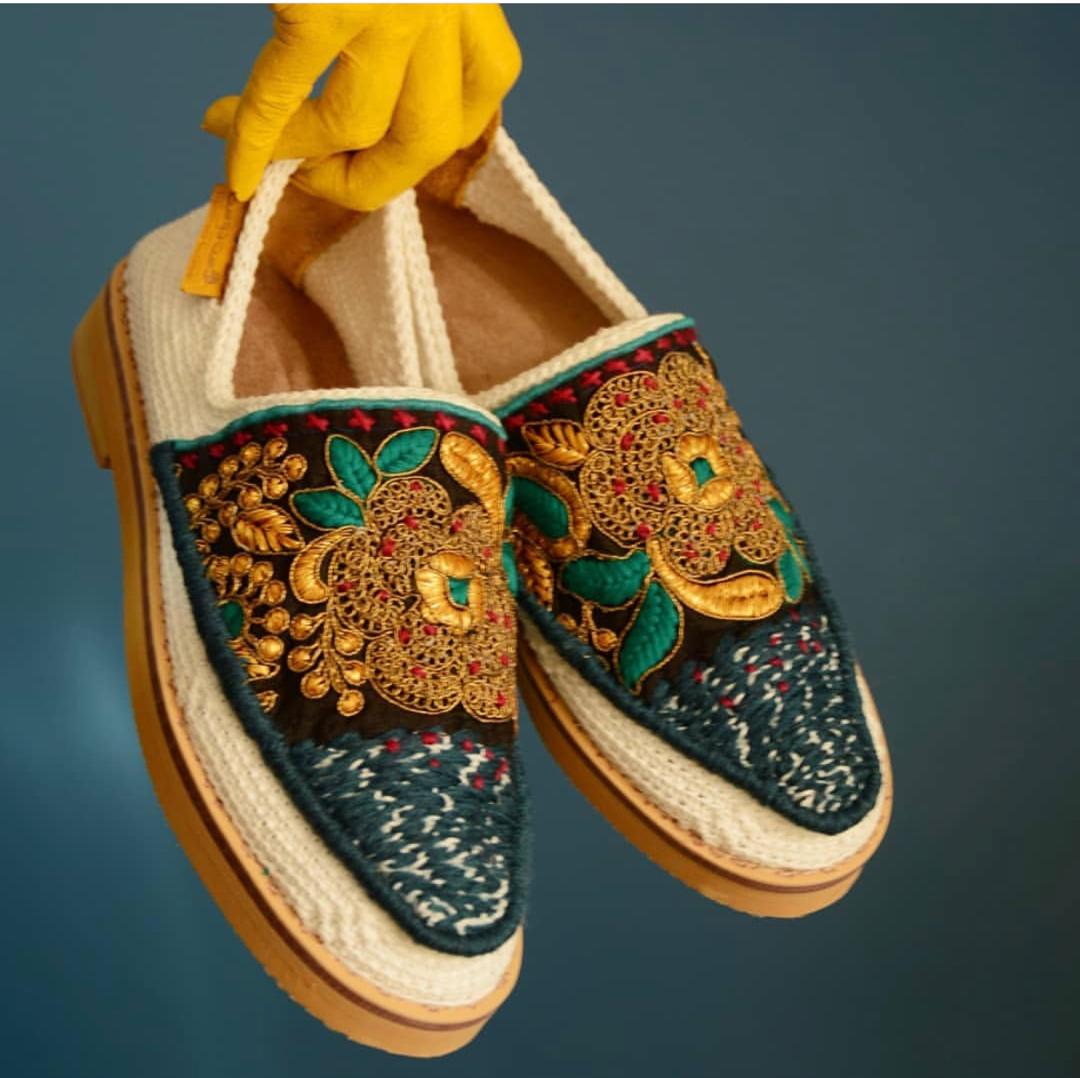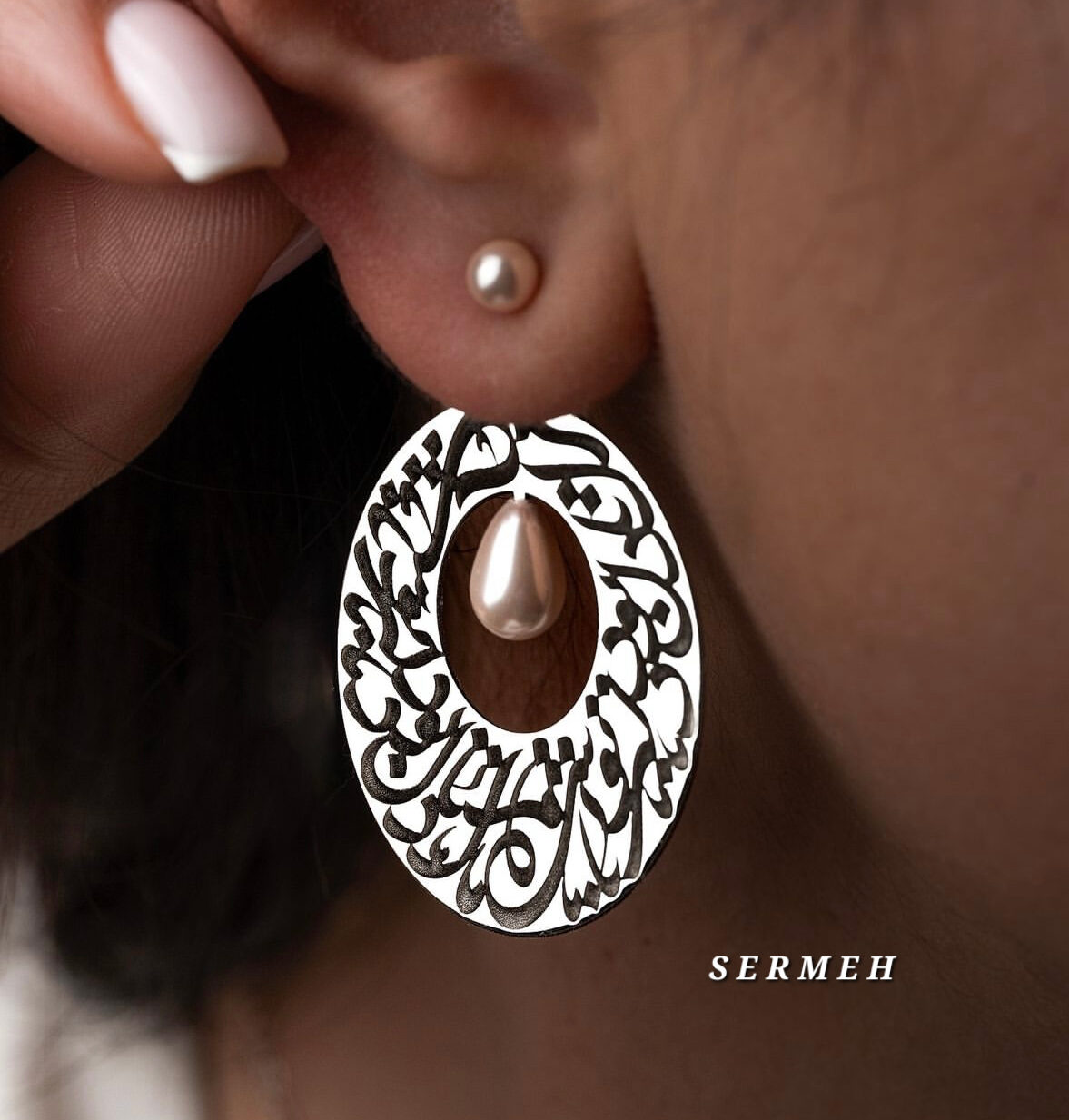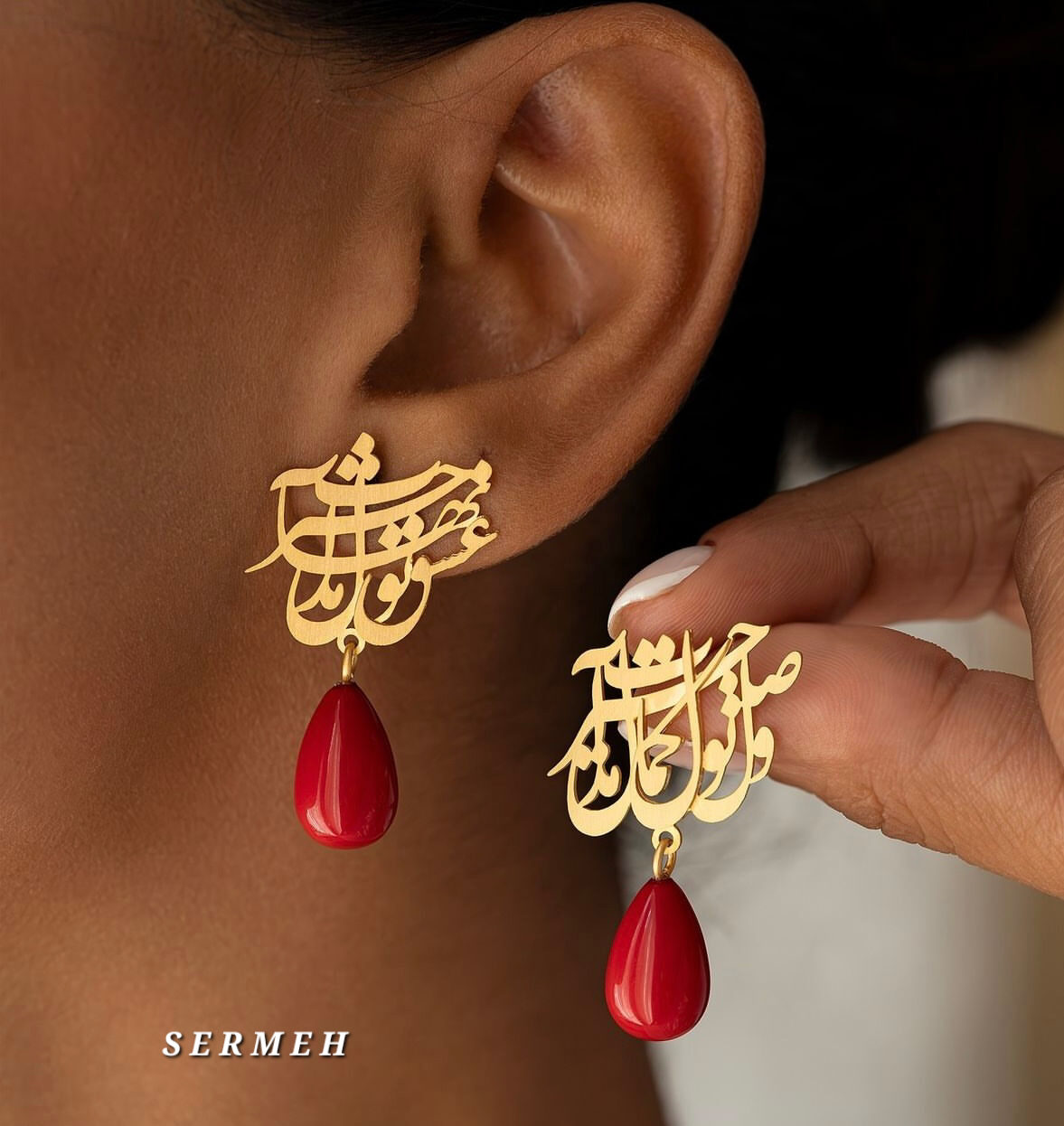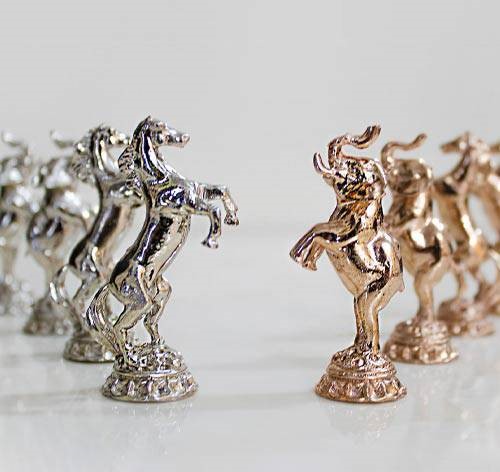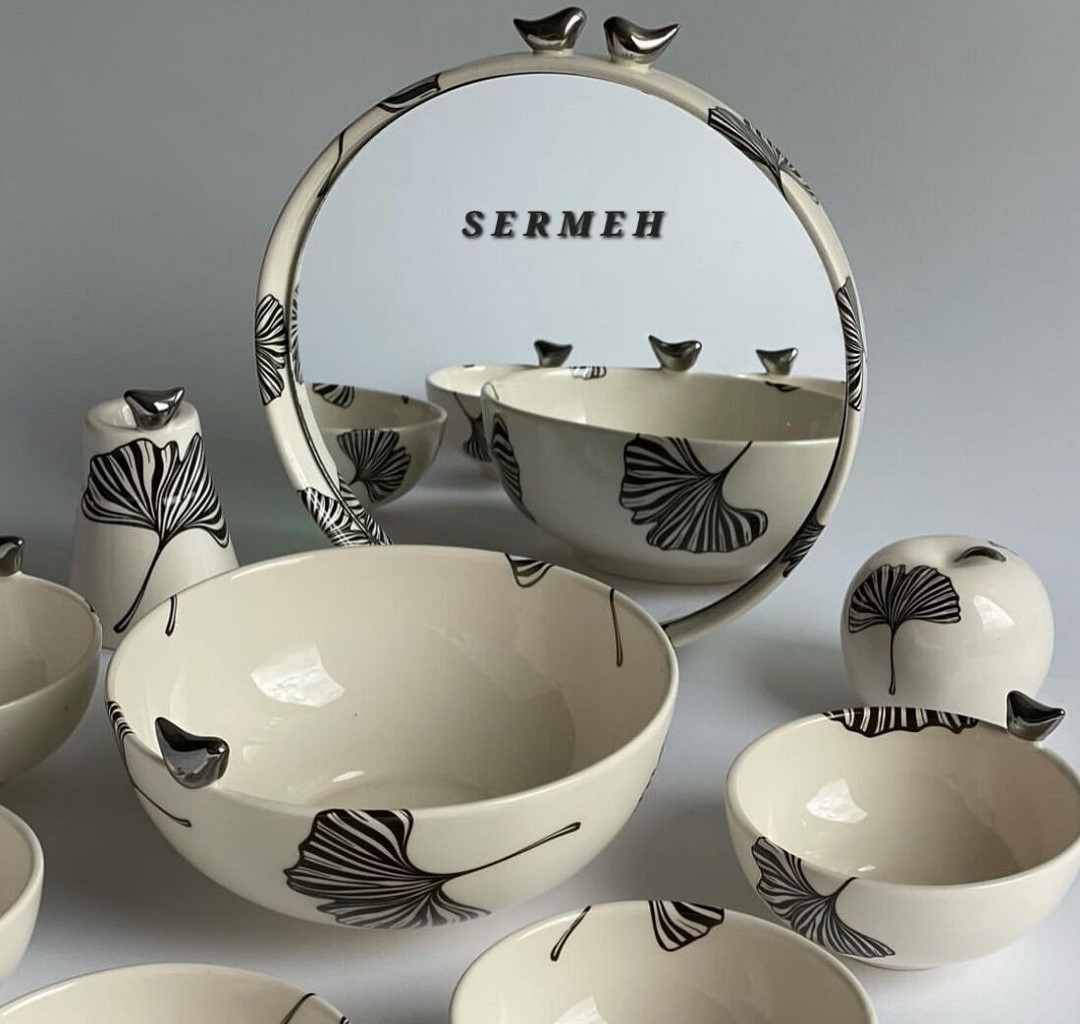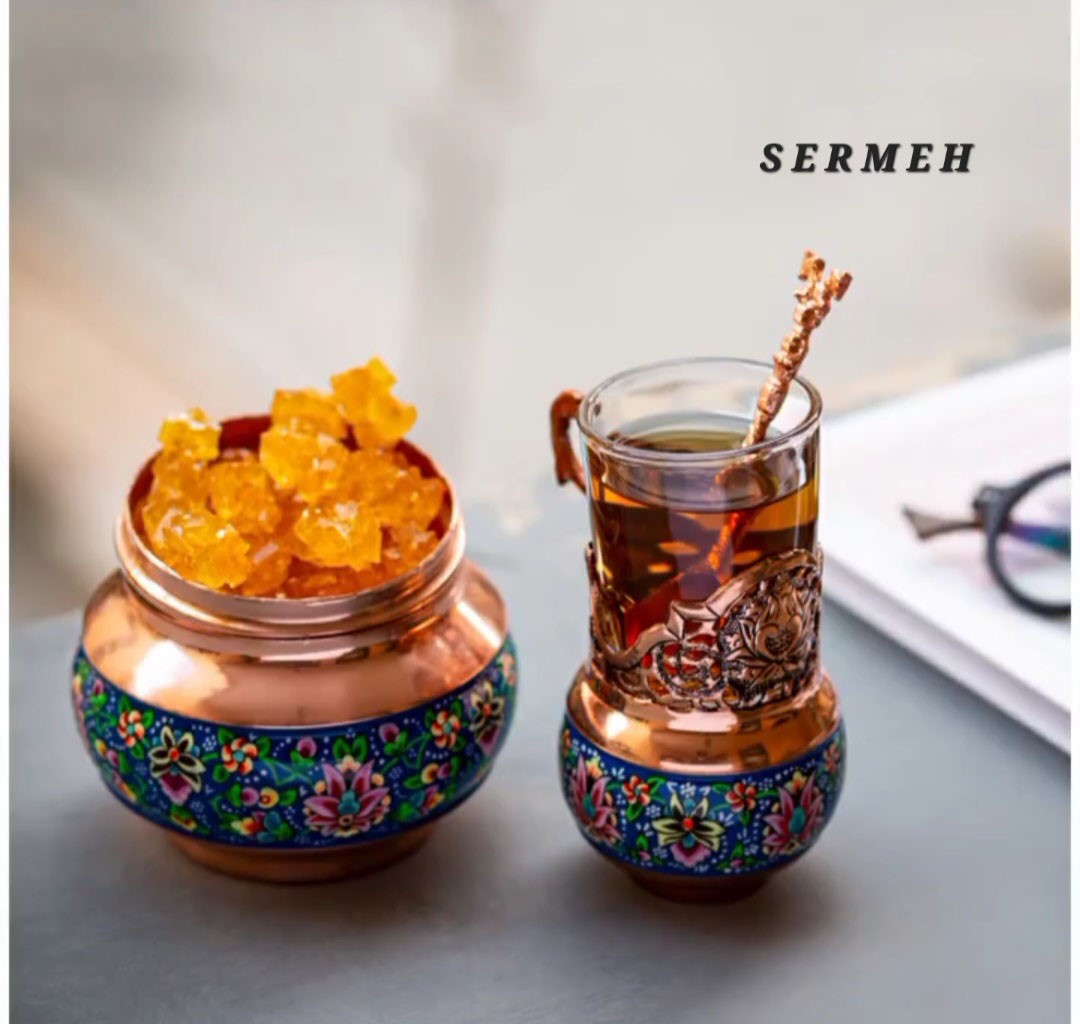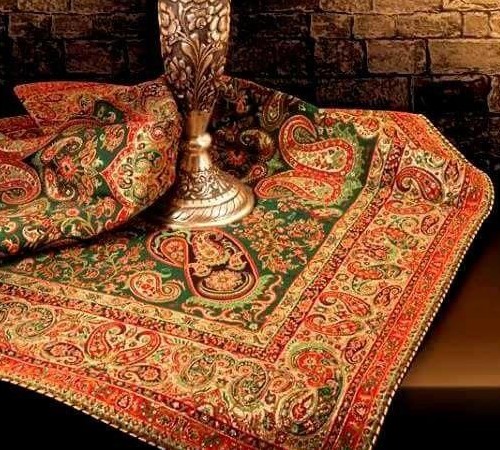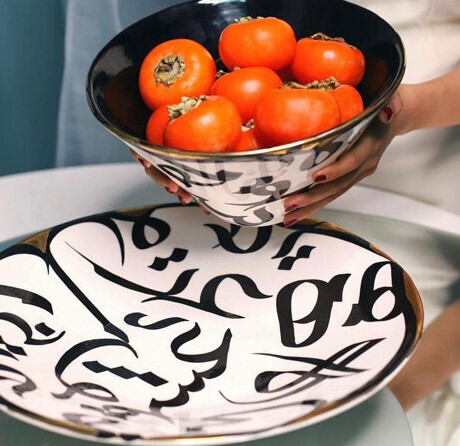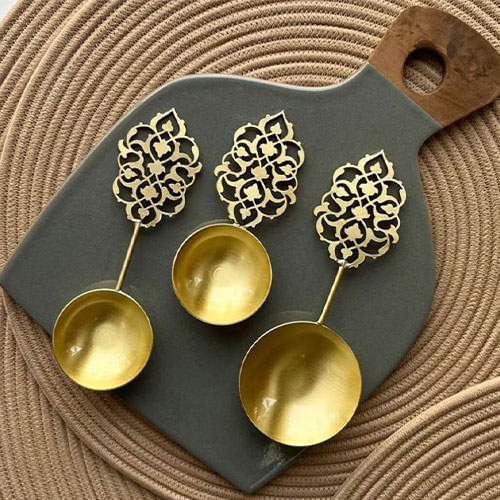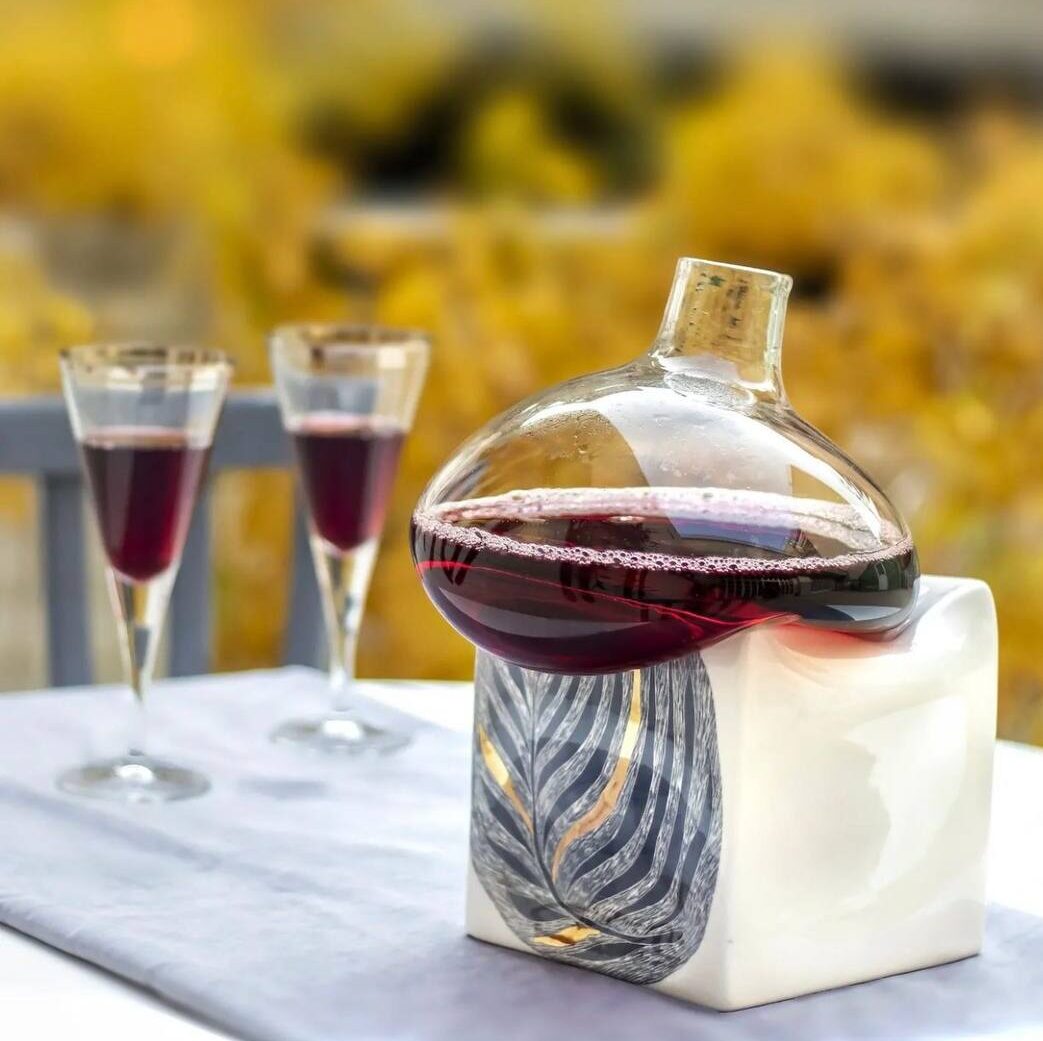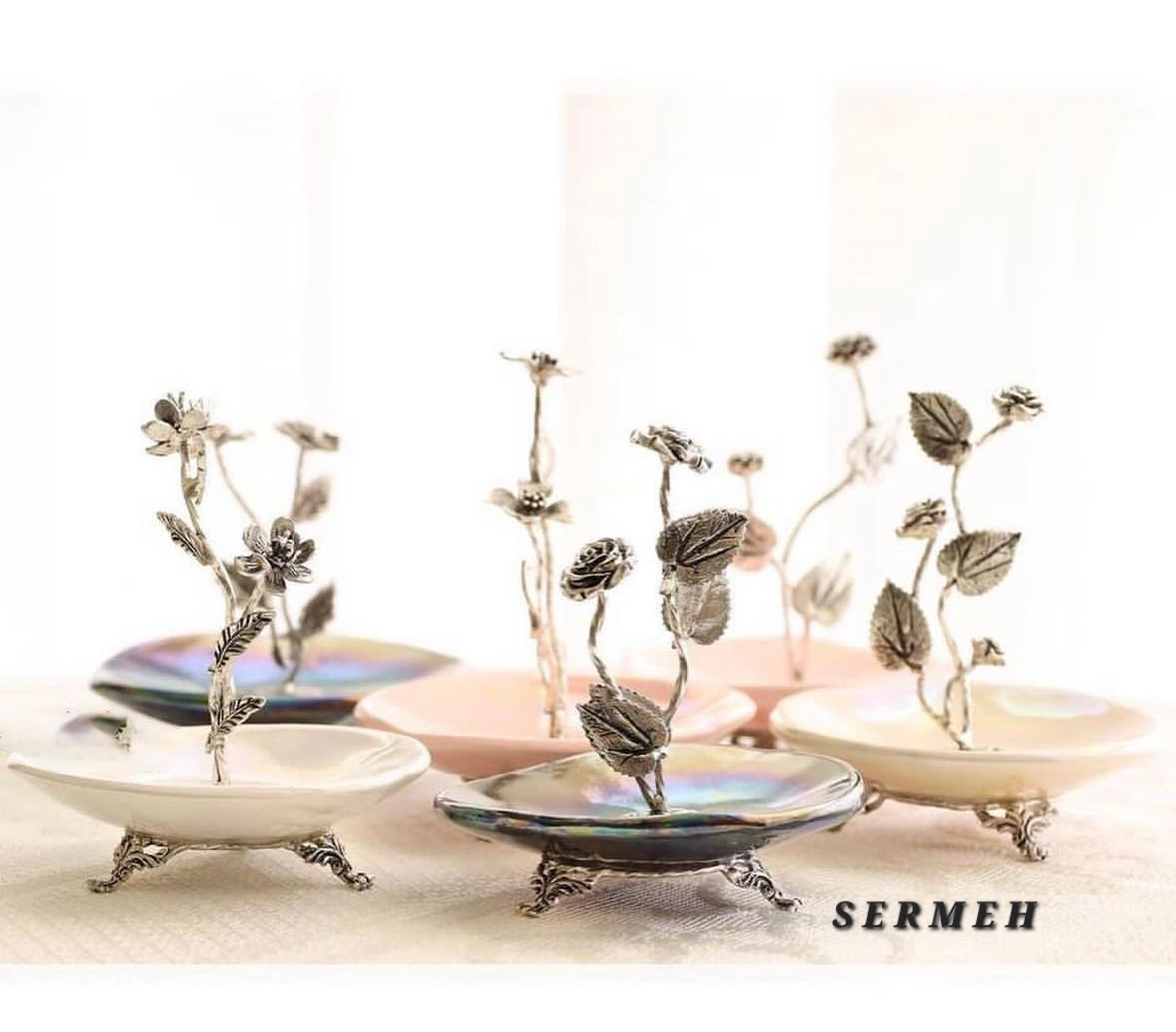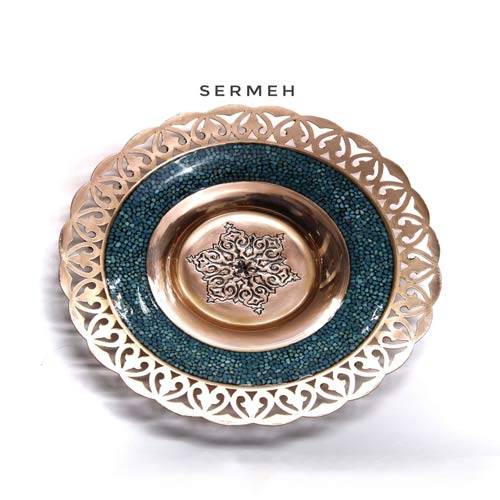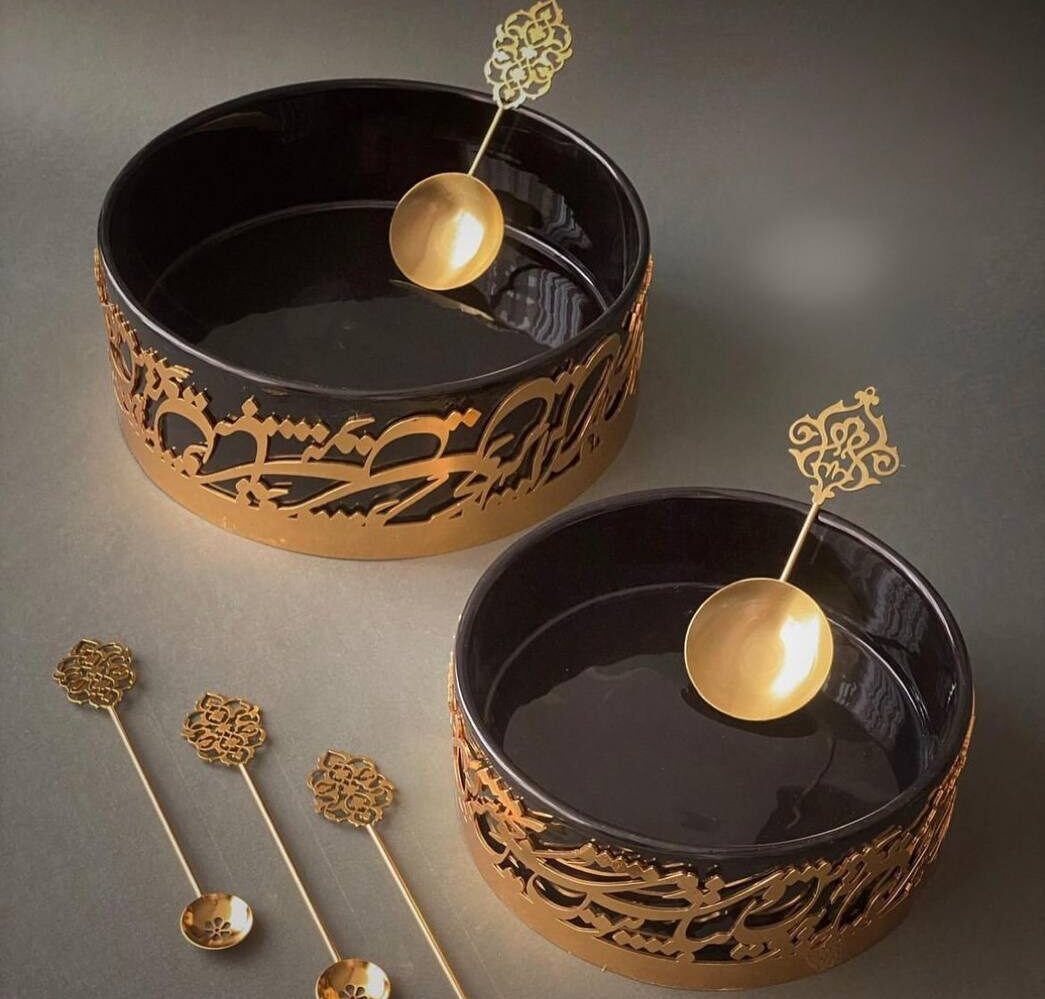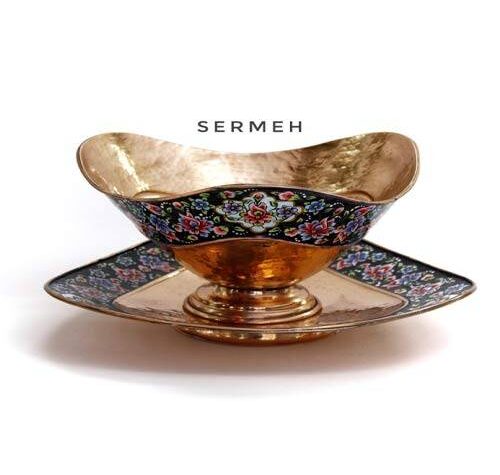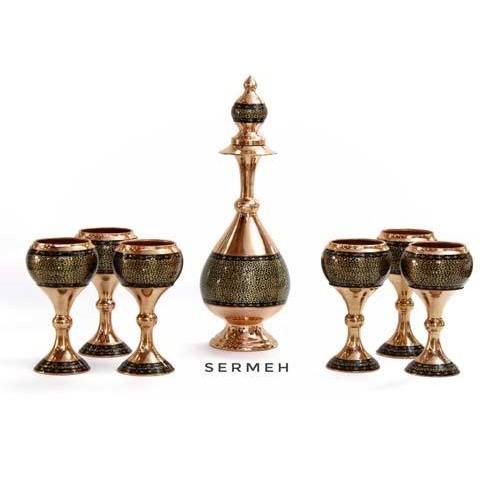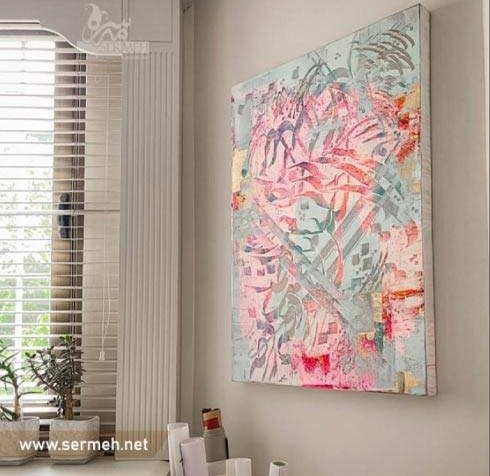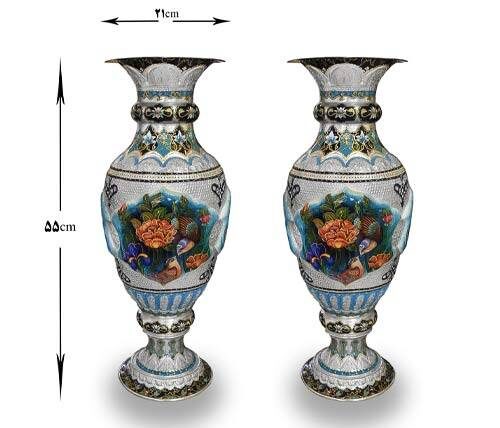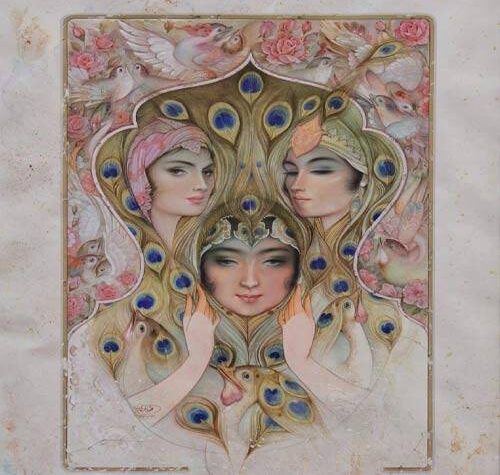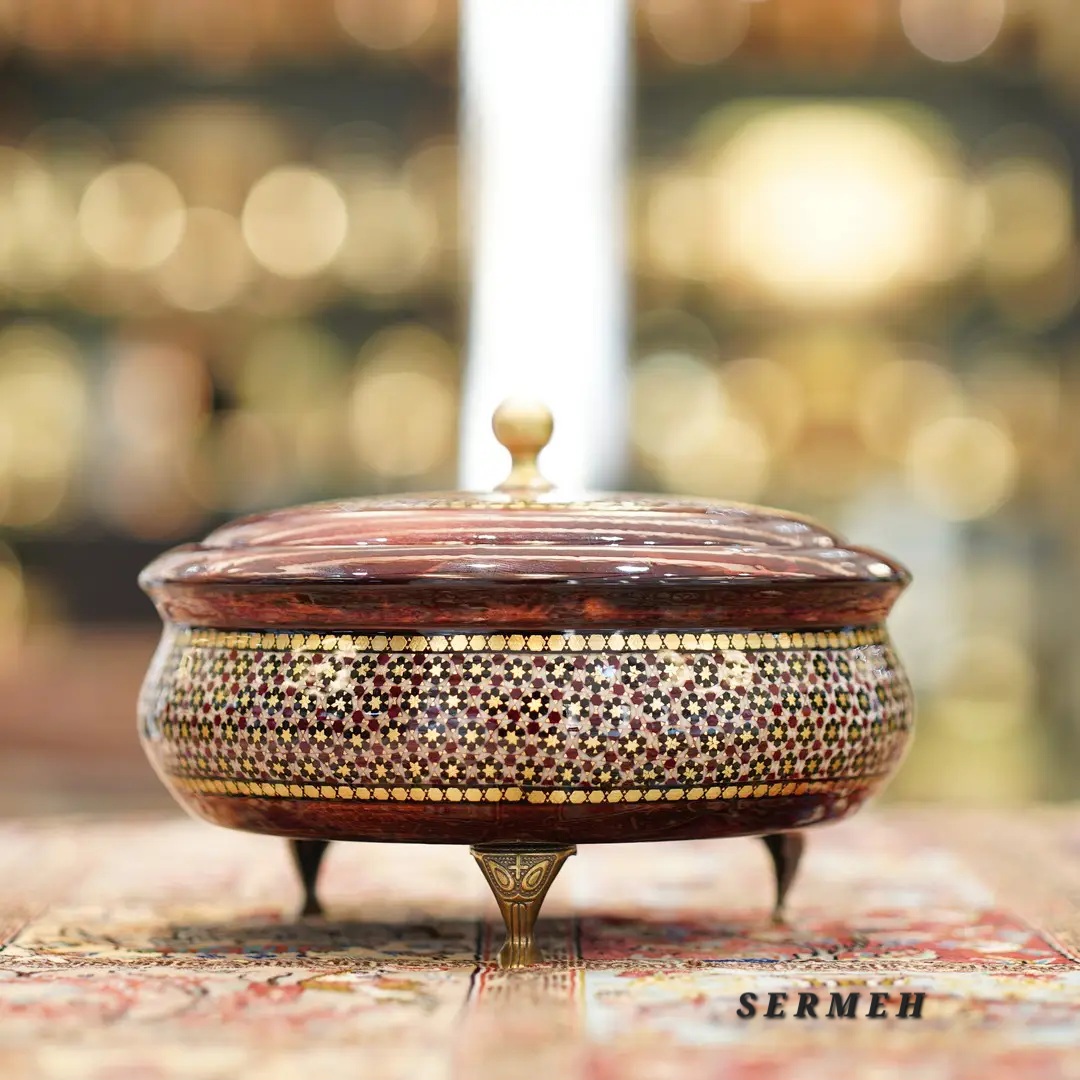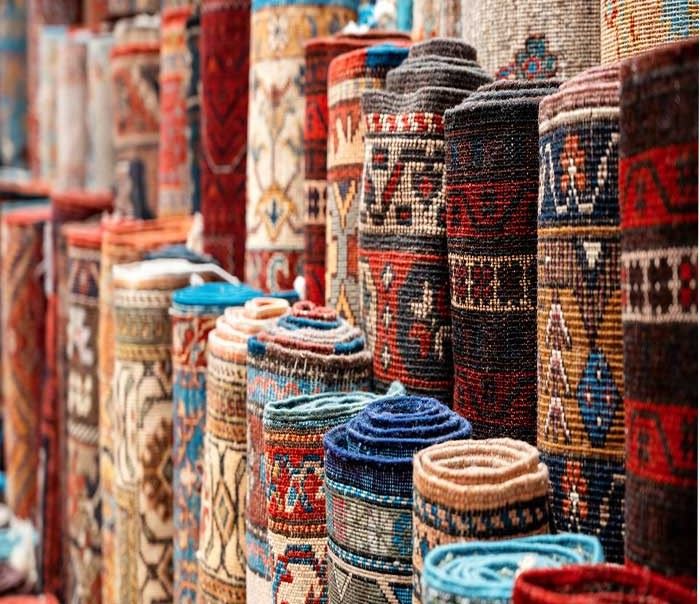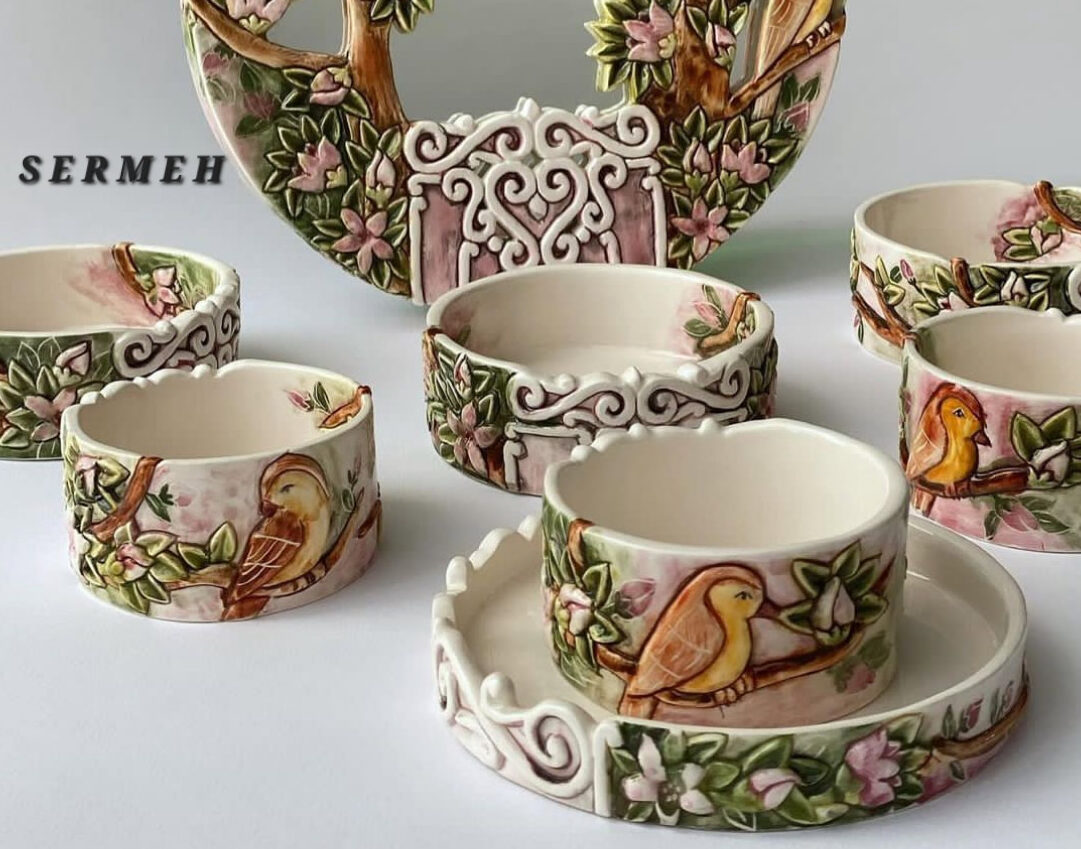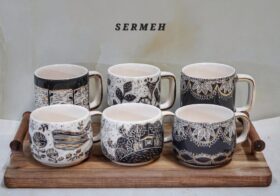Iran pottery
What is pottery tray craft: Pottery is one of the most important human inventions from 10,000 BC in Iran.
The first pottery was made by hand without using pottery wheels, glaze, or kiln and imitated baskets woven with tree twigs.
Pottery in Iran and ceramics have been associated with human culture for thousands of years and contain most of the archaeological discoveries and it is the most important Persian handicraft.
Not only in the historical background of Iranians but also in religious insight and traditional medicine, much emphasis has been placed on using these dishes in cooking and so on.
In contemporary life, the role of these dishes around us is quite noticeable, whether in functional products or decorative structures.
The difference between pottery and ceramics
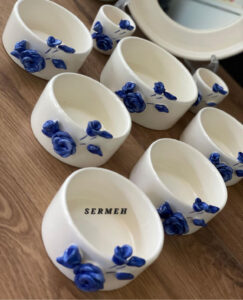 The question that often arises is what is the difference between pottery and ceramics, especially in utensils?
The question that often arises is what is the difference between pottery and ceramics, especially in utensils?
The answer to this question is not so complicated.
Ceramics are more common than pottery.
Pottery products are made from clay and are made by hand with a potter’s wheel, but ceramic or slurry products are made from a combination of clay and several other types of soil and materials.
Pottery or earthenware is made of clay and secondary soils that have high adhesion and a lower degree of firing.
Ceramic dishes refer to bodies that are with primary soils such as a combination of kaolin, quartz, silica, and stoneware soil, and have less adhesion to secondary soils require a higher degree of firing more than 1080 ° C, and also have a higher glaze than pottery.
Introduction to pottery and ceramic products
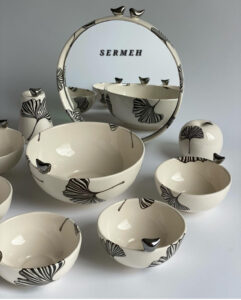
Paint and glaze is the shiny and transparent coating on pottery and ceramics, which in addition to beauty increases the strength and durability of dishes.
The type of paint and glaze depends on the type of formula and its ingredients.
Therefore, by combining the ingredients of the glaze in different amounts, a new paint and glaze can be invented.
The most important types of glazes are lead glaze, ash glaze, and feldspar glaze.
What distinguishes the colour and glaze of ceramics and pottery is the transparency and colorability, which in pottery due to the red colour of iron in clay causes darker colours.
For example, the turquoise colour on the pottery bed is slightly darker due to the red pigment, but on the ceramic bed, it is clearer and without redness.
For this reason, the number of paints used on ceramic dishes is much more than pottery.
To glaze pottery and ceramic dishes, they must be heated to a certain temperature.
If the temperature is too high, the glaze will burn. For this reason, to perform the glazing steps correctly, the container must be placed in a suitable temperature range.
Types of moulds and methods of producing pottery and ceramics:
Finger method: A method that uses only the hand to shape the mud and is one of the most basic manufacturing methods.
In this way, small containers with irregular surfaces can usually be made.
Wick method: This method is used to make asymmetrical objects as well as to make large jars.
Plate method: In this method, the mud is rolled into a layer with a thickness of 8 mm to 1 cm, then the pieces are cut and glued together according to the pre-prepared pattern.
Patterned Tiles and Mosaics Embossed plates vessels and shapes with geometric forms are made in this way.
Making with wheels: The works that are usually made with pottery wheels are round and have a uniform thickness.
The steps with the wheel are as follows: center, vent, cylinder, lift, shape, cut, or polish.
Moulding method: In this method, gypsum, wooden moulds, or various containers and objects are used for moulding and shaping the clay.
In this method, mud is used as a slurry or paste and usually more for ceramic dishes.
After making the body, decorating or arranging the dishes is also very important, including:
1. Painting with mineral paints and metal oxides or oil paints, clear varnishes, and coatings, as well as the use of acids.
2. Cutting the design or background around it or lattice decorations.
What is pottery tray craft and the making method?
Raw earthenware trays are made of clay using special moulds then cut after drying and so-called washed, and then baked in pottery kilns at a temperature of 1000 degrees.
As you know and its name suggests, you can use this product as a tray for placing glasses, and cups and by glazing or painting this product.
You can see a few examples of these pottery tray crafts:

